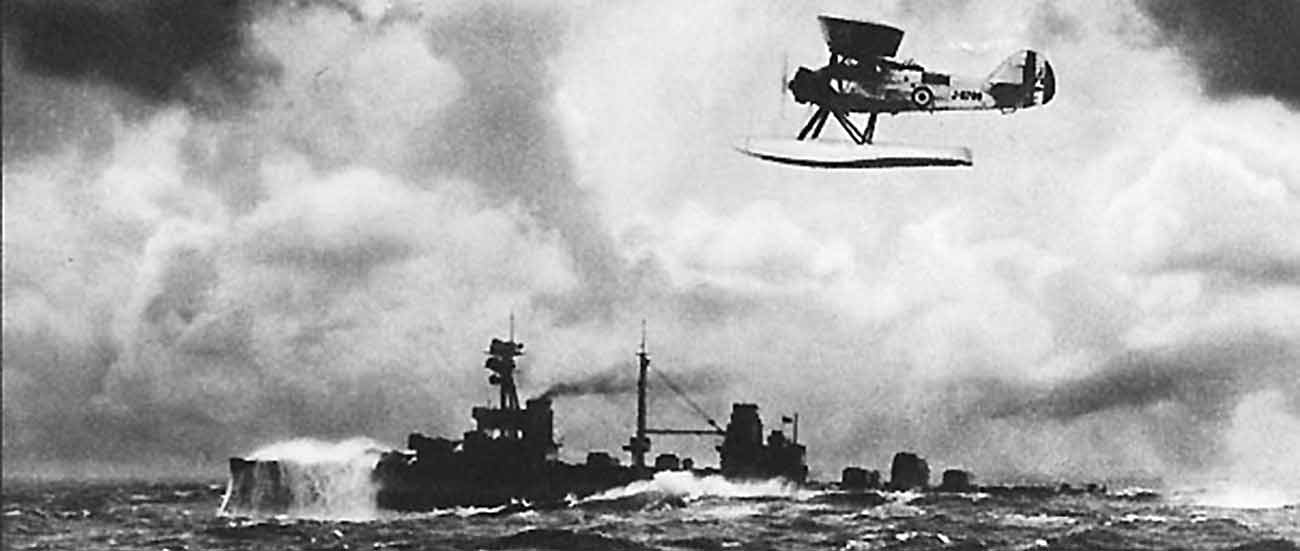Treaties were implemented to try and ensure balance in weaponry between the major powers but beligerents like Germany and Japan had a separate agenda. Although World War 1 was supposed to be "the war to end all wars", the underlying tensions remained. Post war the major military powers evaluated the lessons of WW1 and embarked on a round of rearmament with new and superior weapons.

The Army, Navy, and Airforce modernized after World War 1
Disarmament was a major political issue in the early 1920's and delegates from all the major combatants of the war met to try and agree on a reduction in weapons.
Steel Makers claimed that they did not profit from supplying war materials and that they were also happy for disarmament as it would not negatively affect their business as many claimed.
While the public were in favor of disarmament, politicians and military chiefs manouvred to position their armed forces to best advantage, knowing that underlying unresolved tensions would resurface in the form of further conflict.
World War 1 highlighted the benefits of air power and the growing vulnerability of shipping to aerial attack. Consequently, faster, stronger, and more powerful aircraft were being developed.
Massive battleships with huge firepower had ruled the seas for decades with flotillas of smaller ships in support. Air superiority was now recognized as a major factor in winning battles on land and on sea.
In 1922 the Navy developed a radio-controlled battleship that could be used in joint exercises with Army and Navy air forces to test aerial bombing attacks on warships traveling at speed while taking evasive measures.
To provide air cover and attack capability at sea required a new type of ship - the aircraft carrier.
Although preliminary plans had been drawn up for various designs of aircraft carrier early carriers like the Lexington (CV-2) and Saratoga (CV-3) were built using hulls already begun as battle cruisers of the "Lexington" (Battle Cruiser # 1) class.
In the early 1920s both England and America had already reconstructed existing ships to save the time required to build a carrier. England converted a Chilean Dreadnought and America the collier Jupiter which became the Langley.
